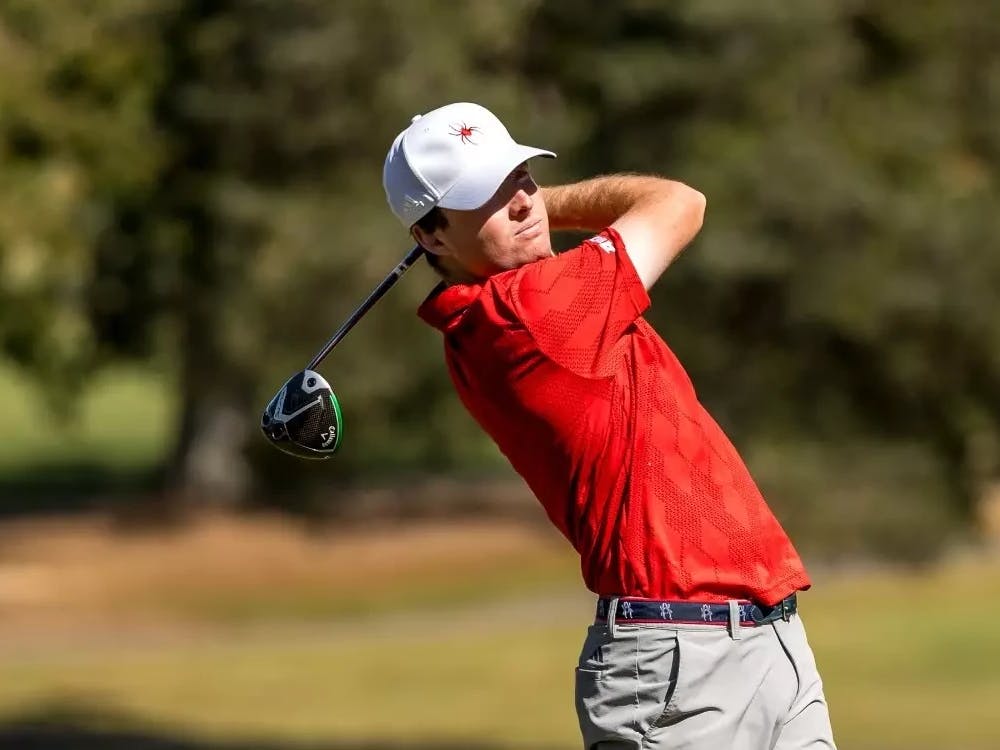The University of Southern California's football coaching staff did something unprecedented in the realm of college football last week by allowing a 13-year-old to commit to its 2015 recruiting class.
How can this teenager from Delaware be so certain that USC should be his school five years down the line? Furthermore, how can the USC football program be sure that the teen, David Sills, will prove to be a solid long-term investment?
At an early stage in his football career, Sills already shows potential to be a great quarterback and has caught the attention of one of the country's elite college football programs. This may be reassuring to a young teenager who dreams of playing football at a professional level. He probably knows that in order to achieve this goal he must attend a college with a top football program.
But does this mean that someone like Sills should feel compelled to commit to a college football team before starting high school? He does not know where he will attend his four years of high school, and yet he has already decided on a college and what he will pursue when he gets there - football.
USC has been Sills' dream school since he was a young child, according to one ESPN report. Maybe he will still feel the same in five years, but he may not. Sills has most likely had minimal exposure to college football recruiting, as well as little contact with institutions other than USC. Right now, he relies on his childhood dream of wearing the cardinal and gold.
Five years from now, Sills' impression of USC could change and he may find himself disillusioned. He may be intrigued by what other schools could offer and other scholarship opportunities. If he possesses extraordinary talent, then there would be no trouble attracting the attention of elite institutions from across the country.
Sills could have the pick of the pile, but instead he locked himself into a spot on the USC roster.
He could decide to give up football after high school, or even some time during the next five years. Maybe Sills will want to focus more on academic studies, or maybe he will find a greater passion than football. For someone with his talent this may not be likely, but the possibility still exists. It would be expected, and hoped, that Sills and his family considered these possibilities before locking in his future for the next nine years.
Consider, now, why USC would be so inclined to pick up Sills so far ahead of the traditional recruiting timeline. The risk of failure in this decision cannot be ignored. Head coach Lane Kiffin made a bold move during his first months with his new team. How can he be so sure Sills' talent will not fade and the young player will provide an adequate return on their investment?
A lot can happen in five years. Sills could not grow an inch and remain at 6 feet tall. This may not seem short, but as far as quarterbacks go, it is not optimal. Injury should also be a serious concern. Predicting Sills' health in five years is not a science. He could easily get injured and either end his career or never return to the game the same player. Talent fades and there is no way to predict whether or not this will happen with Sills.
College recruiters typically observe players during the course of their high school careers for a reason. It provides time to watch them develop skills and understanding of the game. If Sills qualified and wanted to be at USC, then waiting a couple of years for a commitment should not be a large sacrifice. It would hedge losses for USC if Sills turns out to be a bust.
Time can be a dangerous thing and I am sure both parties will look back at this decision during the next five years. The NCAA may want to look at this case and decide whether it would be appropriate for coaches to continue communicating with players at such a young age.
Enjoy what you're reading?
Signup for our newsletter
These agreements are merely verbal and therefore the NCAA may not have jurisdiction to curb the practice completely, but that does not mean it should shy away from frowning upon this recruiting approach. The Sills story may or may not mark the start of a trend in college football programs seeking out "schoolyard" players. If this does prove to be the case, there could be damaging effects on not only these program's reputations and successes, but also for the young teenagers whose futures would be pre-determined at too early of a stage in their athletic careers.
Contact staff writer Jessie Murray at jessie.murray@richmond.edu
Support independent student media
You can make a tax-deductible donation by clicking the button below, which takes you to our secure PayPal account. The page is set up to receive contributions in whatever amount you designate. We look forward to using the money we raise to further our mission of providing honest and accurate information to students, faculty, staff, alumni and others in the general public.
Donate Now


